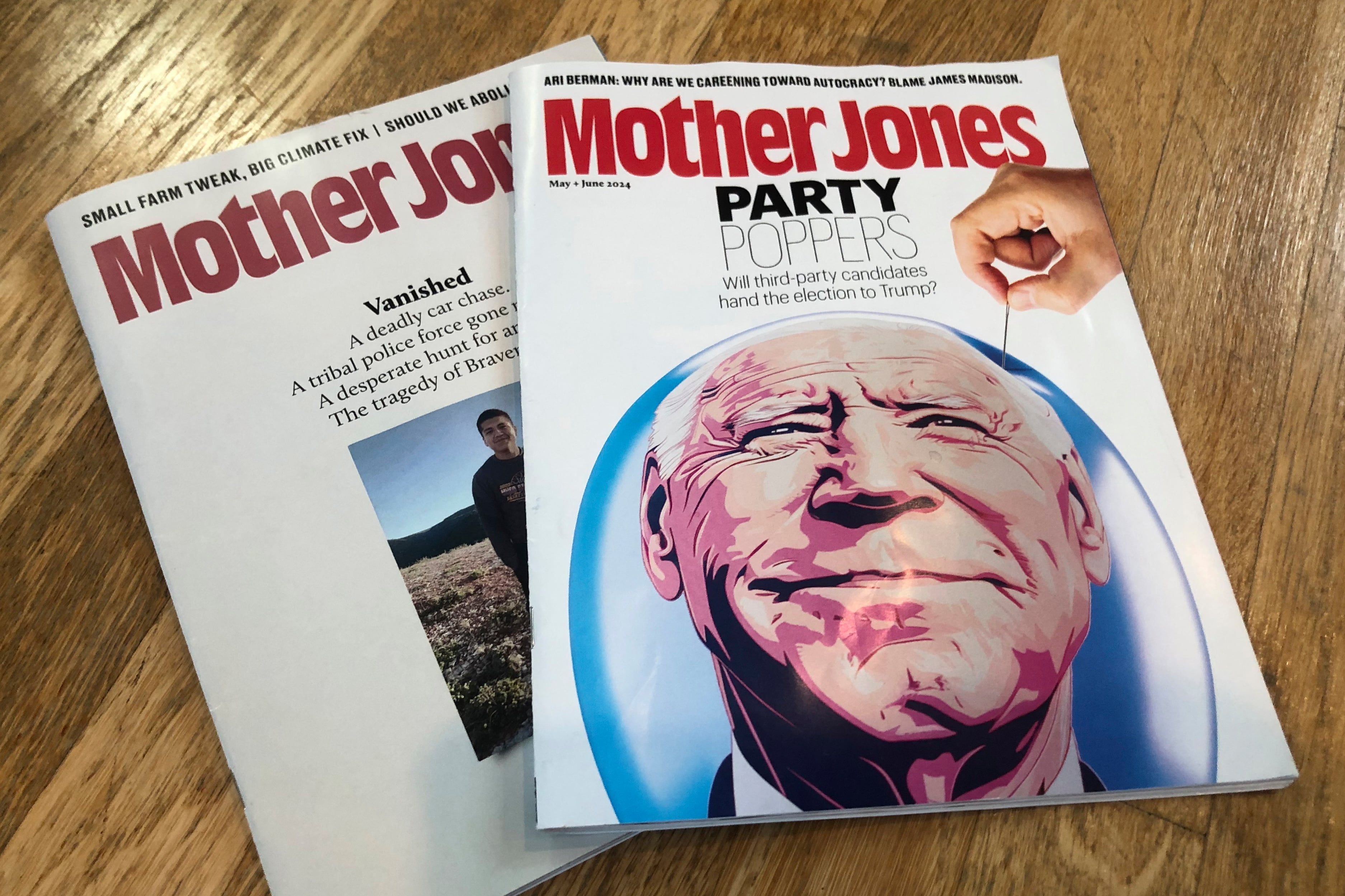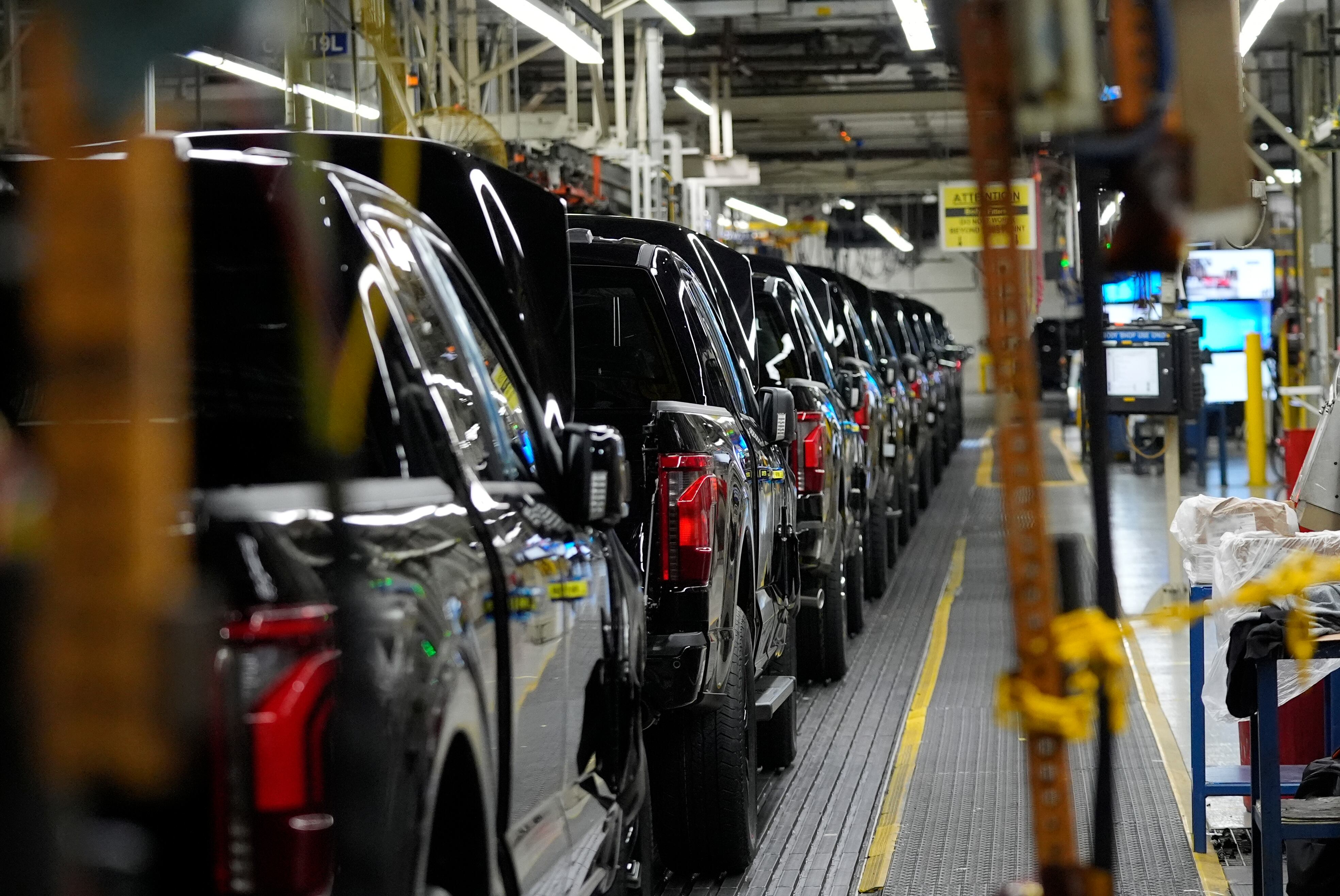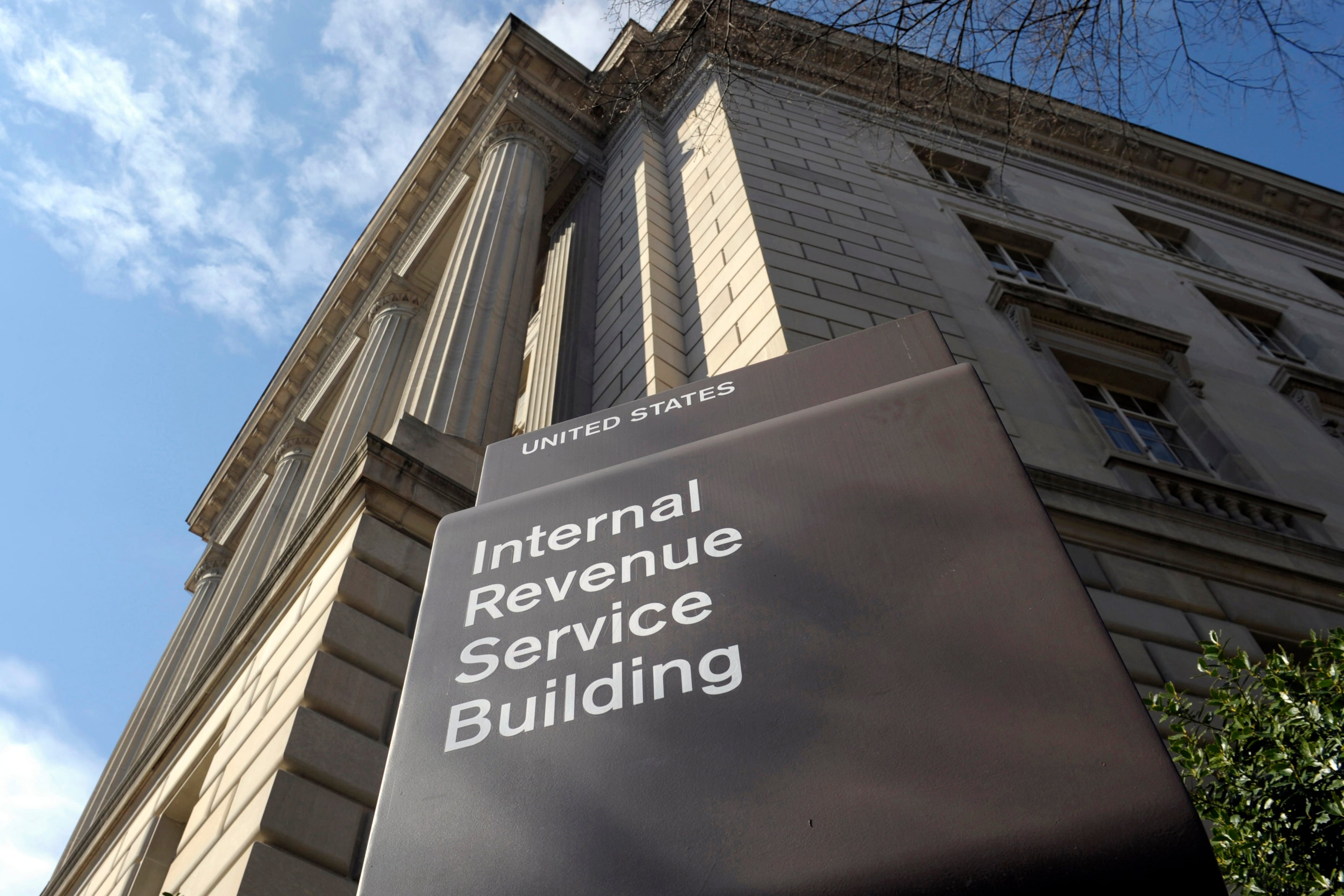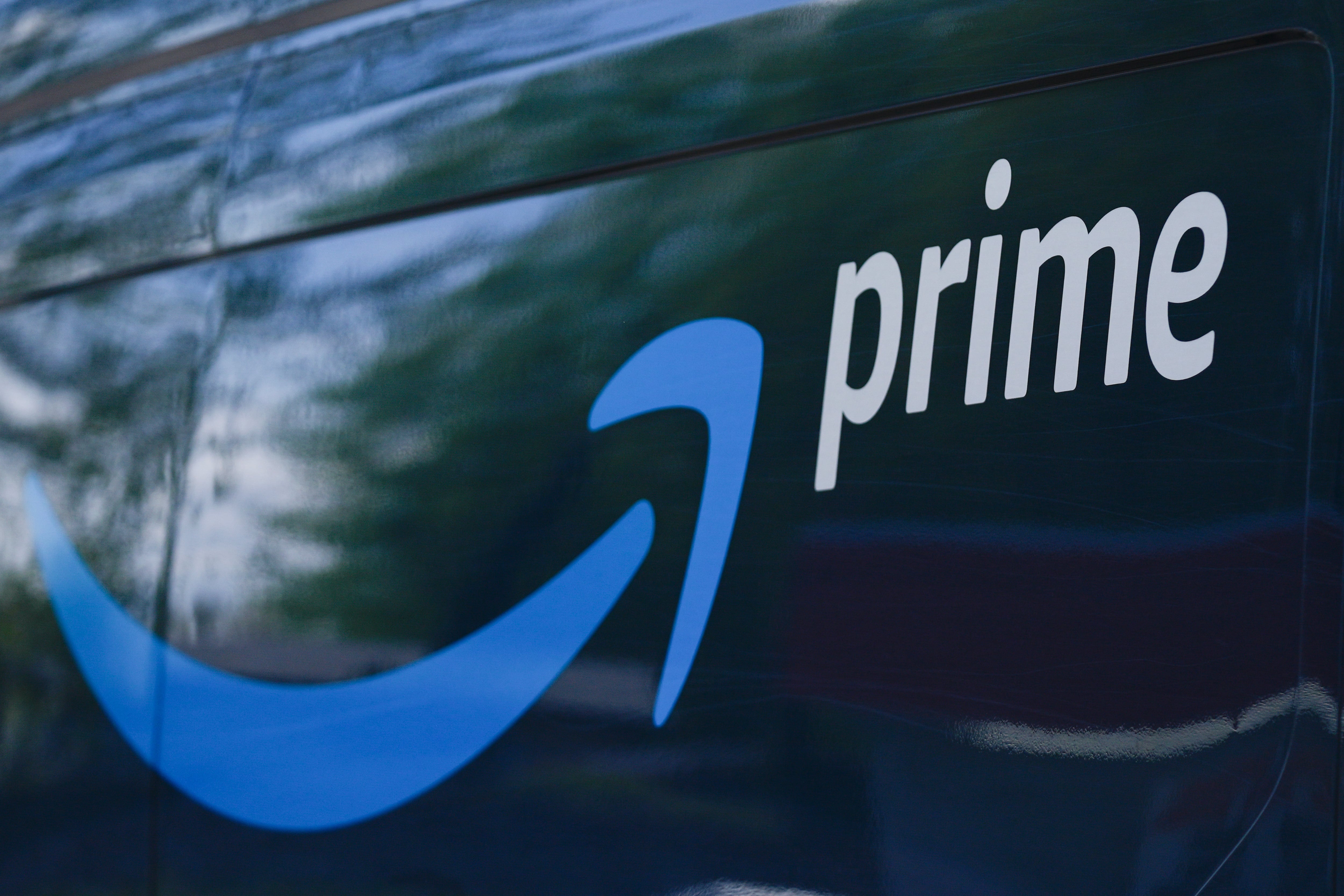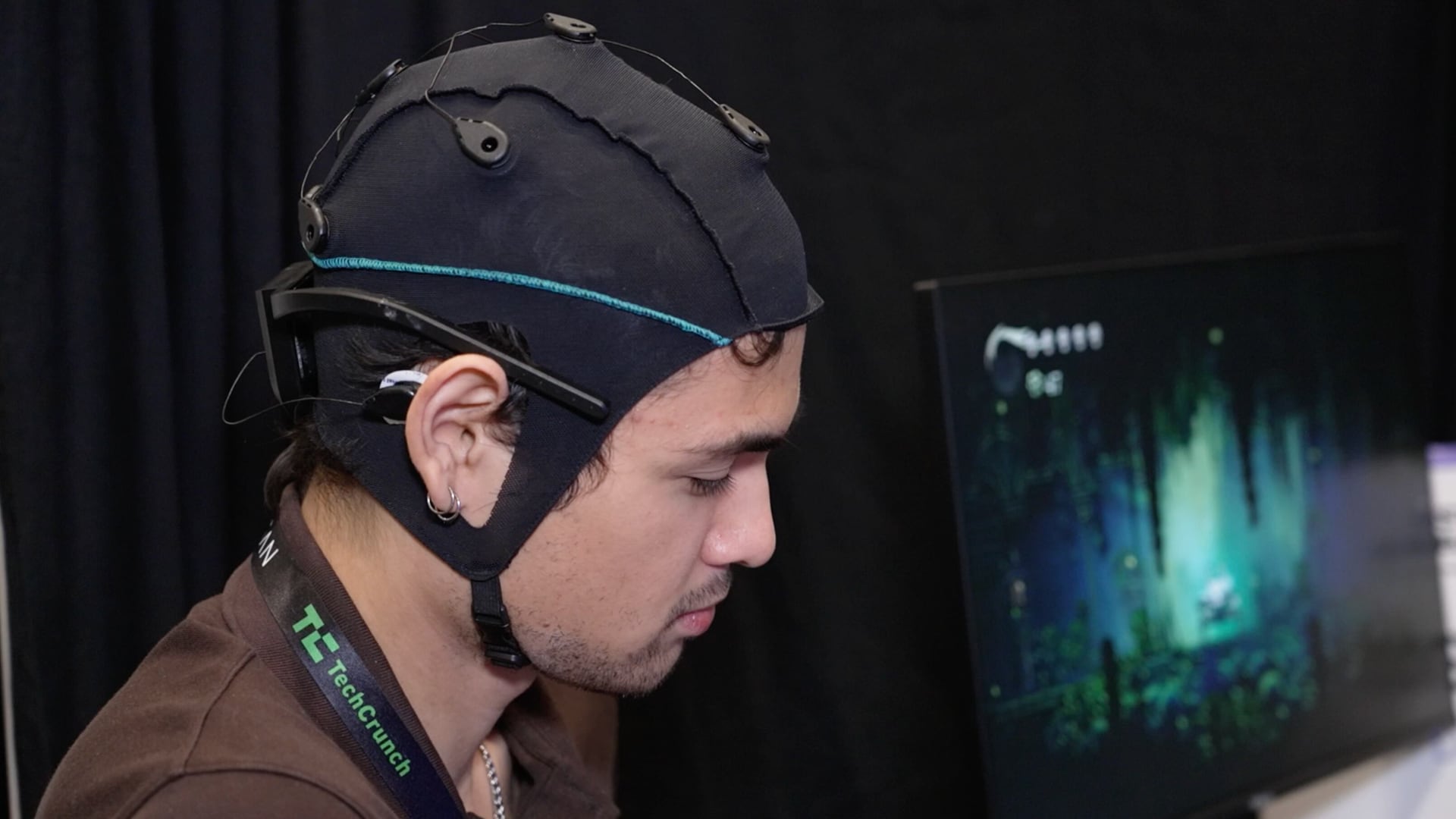Political ad spending will reach $6.89 billion this election cycle according to eMarketer, up 63.3 percent compared to the 2016 elections.
The tight Democratic and Congressional races have made this election particularly expensive — as well as the billionaire candidates with seemingly bottomless pockets.
EMarketer released its first U.S. political advertising forecast on Wednesday. Here are some of its most interesting findings:
The 2018 midterm elections were marked by strong spending, thanks to competitive races and a highly partisan political environment. 2020’s election cycle is no different.
In addition, most of the top Republican donors didn’t back President Donald Trump during his primary run in 2016. This time, Trump has his own funds — and the dollar backing of Republican supporters.
“Looking at 2020, we’re seeing the same factors that drove 2018, coupled with the fact that this is a presidential year and Donald Trump has the support of the main party,” said eMarketer forecasting analyst Eric Haggstrom.
There’s also something to be said about billionaire candidates Michael Bloomberg, Tom Steyer, and Donald Trump bringing their wallets to the race. Bloomberg has spent $140 million on TV and digital ads to date according to Politico, though some reports say he may have spent up to $300 million. Both he and Trump bought 60-second Super Bowl ads for $10 million each in early February. Not to be outdone, Steyer has shelled out $83.6 million for political advertising, according to Kantar, as of early December 2019.
Like most candidates, Bloomberg is spending a lot on television, Google, and Facebook advertising. But as a proportion of his total budget, the Democratic hopeful is spending more on Google than his peers — and less, proportionally, on Facebook, per Haggstrom. (EMarketer does not break out specific figures on candidates.)
Bloomberg has spent $31.4 million on Google ads according to the company, with the next runner up — Trump — spending $10.7 million. Meanwhile, the next Democratic candidate in terms of spending, Steyer, has only spent $6.45 million.
This could be part of their strategy, Haggstrom pointed out. Democratic candidates needed a certain number of donors to qualify for debates so they turned to Facebook to create lobby ads in an effort to build out their email lists. A lot of their ad spend focused on getting small amounts of money from a large number of donors in order to meet those thresholds, even if it meant candidates were spending more to buy the ads than they actually received from the donors, Haggstrom explained.
Bloomberg skipped debates, though. Instead, he focused on building his brand and image among voters. Most of the Google political ad money goes towards YouTube, which allows campaigns to run similar ads to what they would run on TV but reach a different audience, Haggstrom said.
Despite talk about the efficiency of digital advertising, the majority of political advertising dollars still flow to television.
Television viewers skew older, and are more likely to be voters. In addition, most potential swing voters who live in battleground states still watch television and don’t mind those political ads, according to a Mediahub study.
Digital political advertising will reach $1.34 billion, or 19.4 percent of total political ads budgets this cycle, according to eMarketer. However, it’s only 0.5 percent of total digital ad spending overall.
Over three-quarters of that political money will go to Google and Facebook, with the latter taking the lion’s share at 59.4 percent. Facebook political ad spending has increased 142.7 percent between the 2018 midterm elections and this current election cycle, per eMarketer.
Facebook has proven to be an effective platform when it comes to reaching a targeted group of potential voters, as well as a powerful fundraising tool, Haggstrom said
“Despite all this negative publicity around Facebook, political ads are not going to let up,” he said. “They haven’t altered their ad policy significantly enough that would discourage political advertisers from using the platform like Google. Facebook has welcomed them.”





